Farmer’s Ancient 2-Ton Discovery Leads to Scientific Breakthrough
Lifestyles

Featured image credit: www.oddee.com
It all started one Christmas Day back in 2015. A rural farmer in Argentina strolled about his property when something strange caught his eye…
Jose Antonio Nievas noticed the massive object had made itself an alcove at the edge of the stream on his property. The object was deeply entrenched in the mud, but Jose immediately began excavating the strange discovery, using his bare hands to reveal what was hidden. But nothing could’ve prepared him for what he was about to unearth…
In A Land Far Far Away
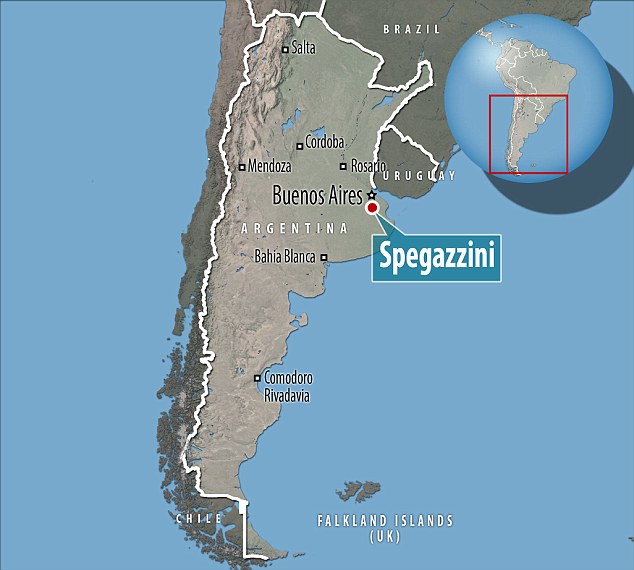
Photo credit: dailymail.co.uk
The strange object was found in a small city called Carlos Spegazzini, just a short drive from the capital city of Buenos Aires. The suburb is home to both farmers and several affluent communities. But what this rural farmer found…
An Odd Object

Photo credit: youtube.com
When Jose first arrived on the scene, he began to dig at the object. However, he quickly found himself running to tell his wife. Jose needed more support if he was going to investigate this oddity.
Examining the Scene
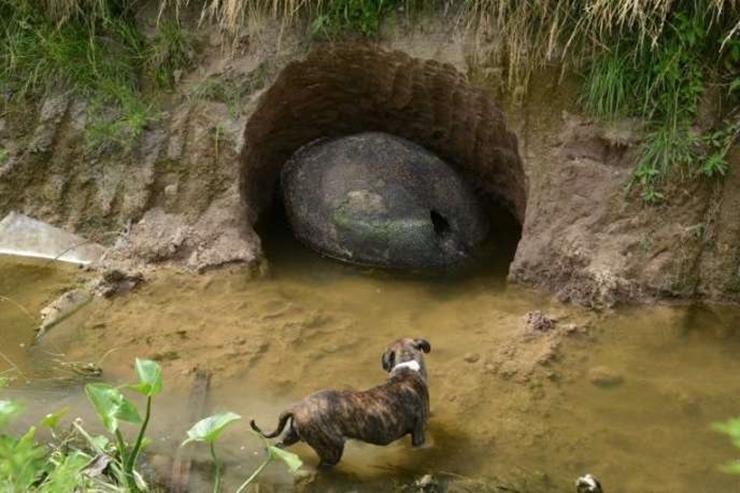
Photo credit: dailymail.co.uk
Even the dog was hesitant to investigate. Unfamiliar with the object, man’s best friend was not about to jump at it with little concern. Therefore, they chose to call in somebody who’s have a better idea of what to do.
Stumping The Police
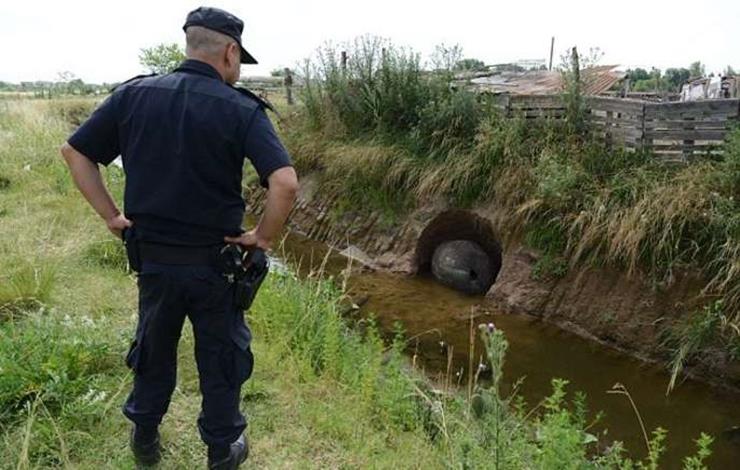
Photo credit: dailymail.co.uk
When the police first showed up, they were just as stumped as Jose. They knew this object was something out of the ordinary. It might even be something extraordinary, but more questions lingered.
Calling In The Experts

Photo credit: www.dailymail.co.uk
It quickly became apparent, it was time to call in the big guys. That’s right; when you find something that appears to be out-of-this-world, it’s time to call in those who study the mysteries of the old world.
Archeologists Take A Closer Look
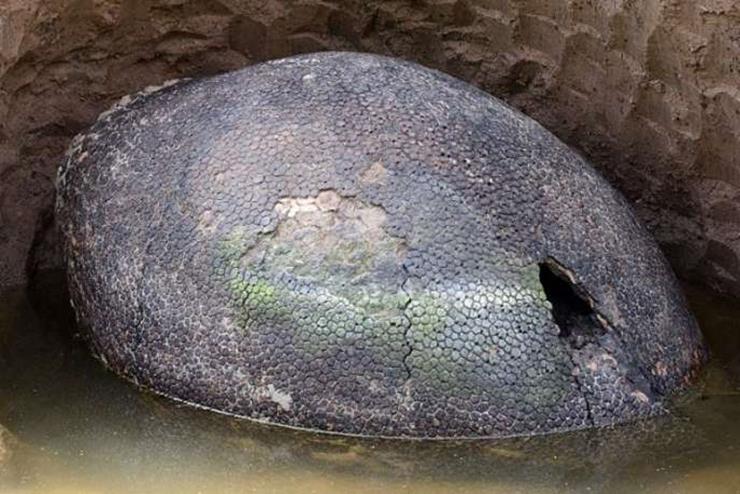
Photo credit: dailymail.co.uk
Authorities called in archaeologists who jumped at the chance to study the object. They quickly determined one thing was for certain: the ancient behemoth that left this behind was absolutely massive! The group was unable to move the shell, as it weighed nearly two tons!
Not The Only One…
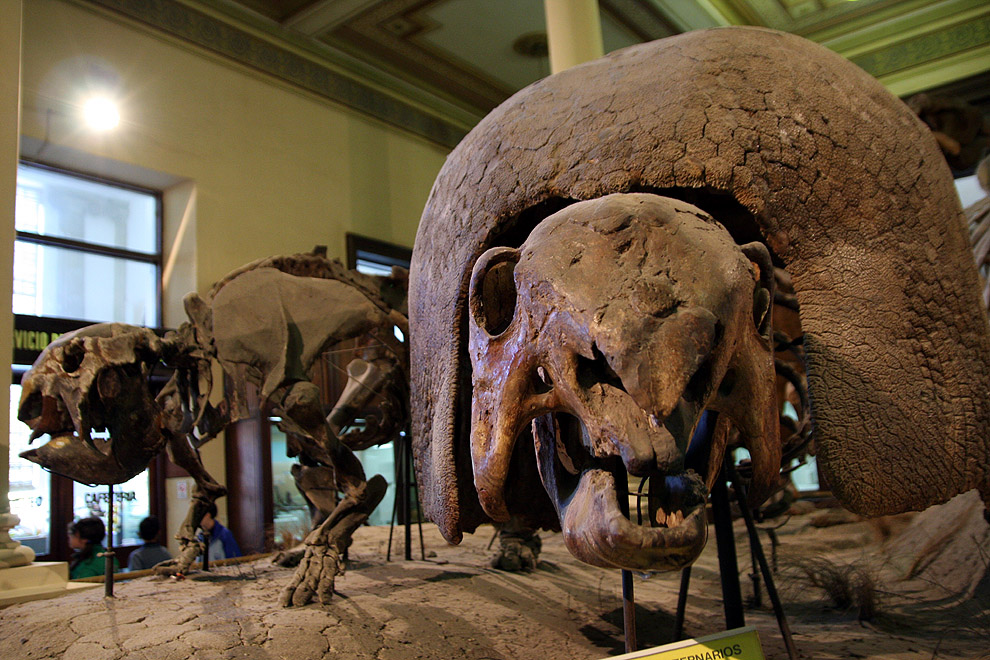
Photo credit: vidayestilo.terra.com.ar
Apparently, this massive beast was not the only of its kind lingering in the modern-day world. Similar fossils had been found in the surrounding areas and had even made their way to museums. But what was the ancient beast?
Answers
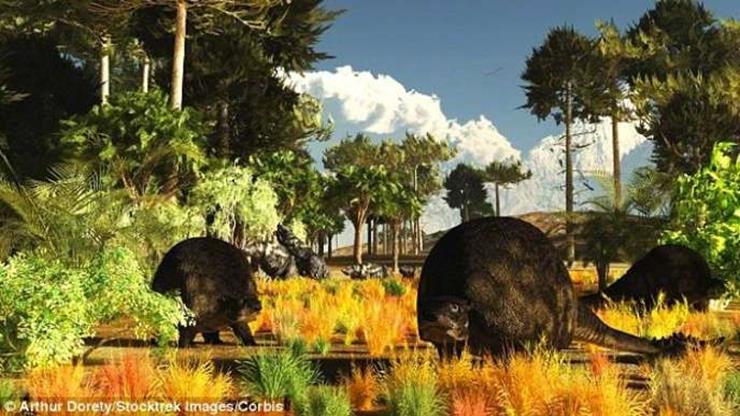
Photo credit: www.dailymail.co.uk
As it turns out, the fossil was in fact the shell of an ancient glyptodon, as confirmed by paleontologist Alejandro Kramarz of the Bernardino Rivadavia Natural Sciences Museum. The species dominated South and Central America up until a couple thousand years ago. But that wasn’t the only discovery…
The Glyptodon
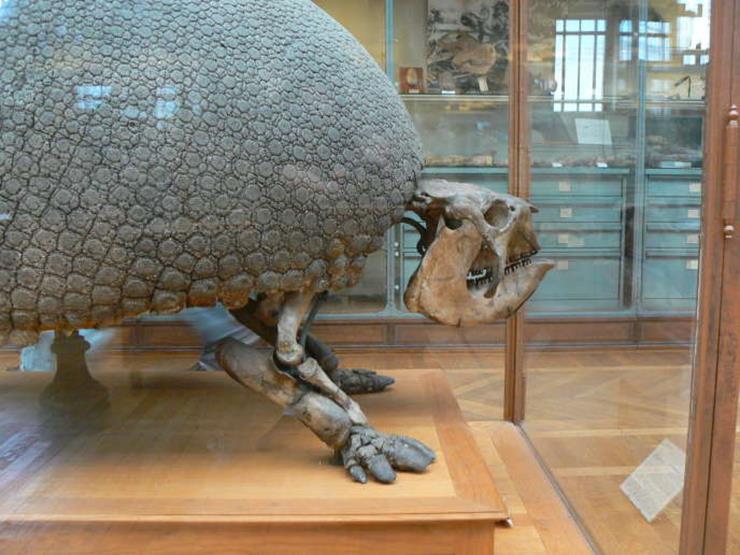
Photo credit: www.picterest.info
The glyptodon was an armored mammal that lived during the Pleistocene epoch. They are thought to have coexisted with early humans for several thousands of years. It’s also believed that climate change and the rise of humans, who likely hunted them for their shells, contributed to their extinction.
Could This Be Real?
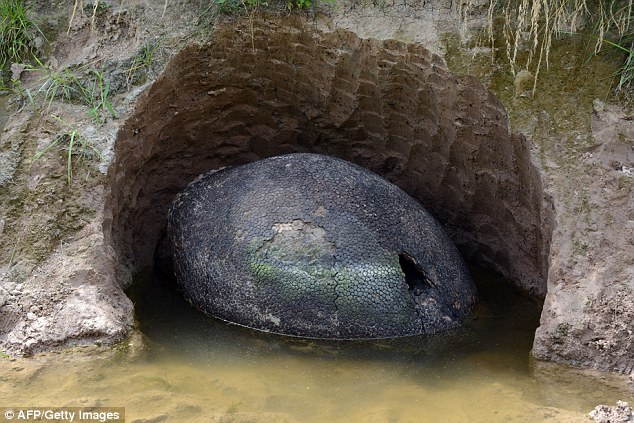
Photo credit: dailymail.co.uk
Despite past discoveries, authorities on the subject still questioned the legitimacy of such an object. Skeptics doubted that such a massive and ancient structure could remain in such pristine condition for so long…
And The Mysteries Deepen…
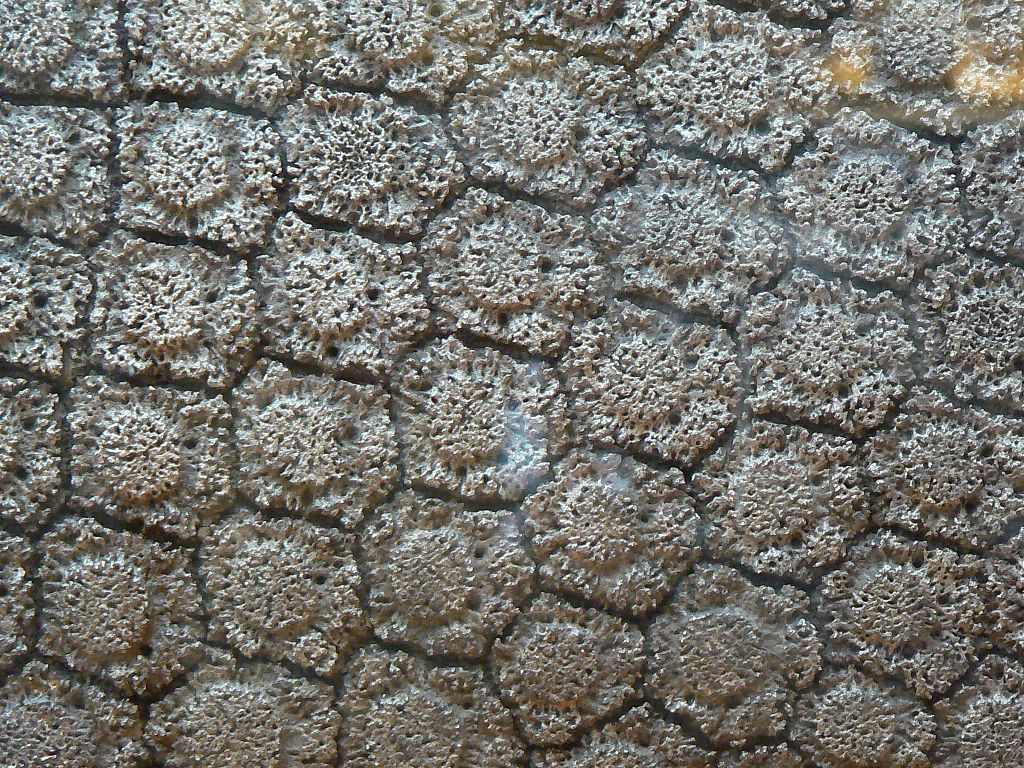
Photo credit: wikipedia.com
Additionally, fossils of this type are typically found upside down, as it’s believed these creatures died from being overturned. These peculiar circumstances led many to believe that the discovery was staged. But then…
A Mystery Uncovered
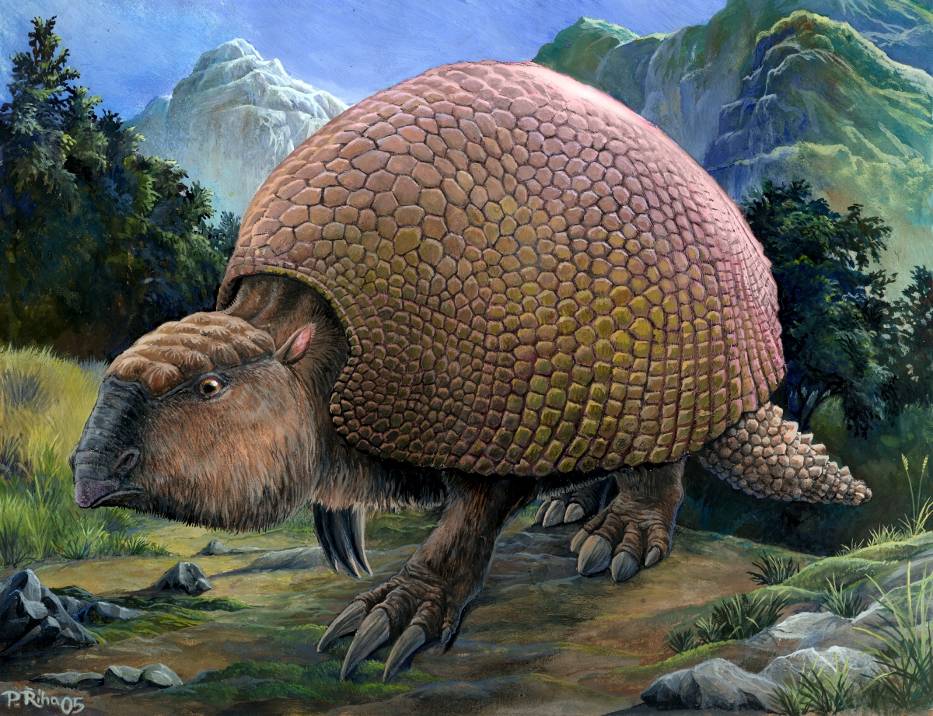
There were mysteries surrounding the coincidences that were easily explained away by scientists. The mud, which Jose had cleared away before capturing these photos, acted as a natural barrier for the fossil from the outside world, preserving it for thousands of years. Adrian Lister, an expert of the Natural History Museum in London declared that it was indeed real.
Other Ancient Relatives
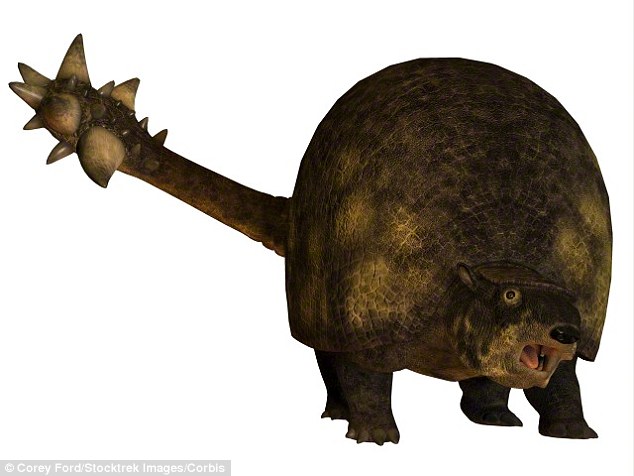
Photo credit: dailymail.co.uk
After studying the images from the scene, paleontologists confirmed without a doubt that the fossilized shell indeed belonged to an ancient glyptodon. These mammals lived in South America for tens of millions of years, and even migrated as far north as Guatemala. While their shells were mainly for protection, their tails were used in intraspecies fighting, much like male-to-male competitions among deer using their antlers.
“We all thought it was a joke…”
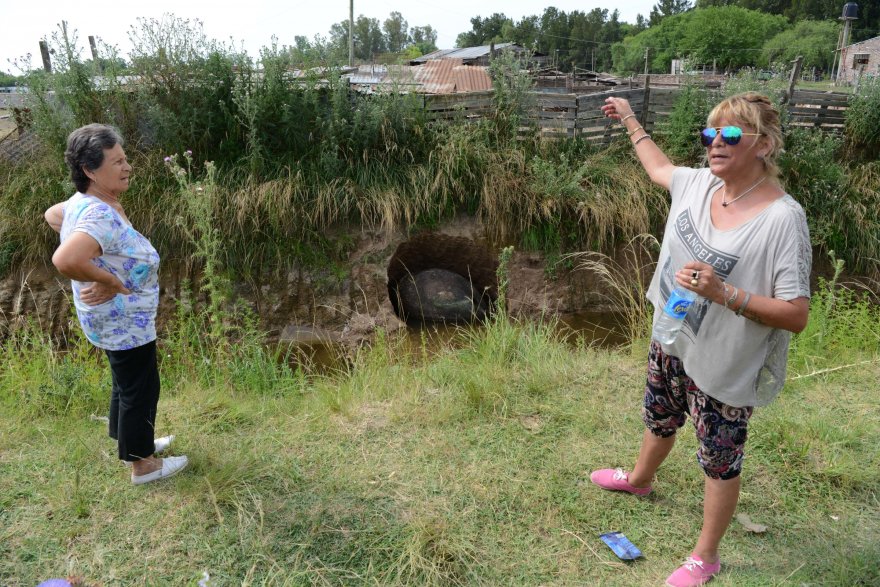
Photo credit: gettyimages.com
Jose’s wife, Reina Coronel, said that at first, her husband believed the black scaly shell was a dinosaur egg. “My husband went out to the car and when he came back he said, ‘Hey, I just found an egg that looks like it came from a dinosaur,'” she recalled. “We all laughed because we thought it was a joke.”
The Truth Revealed
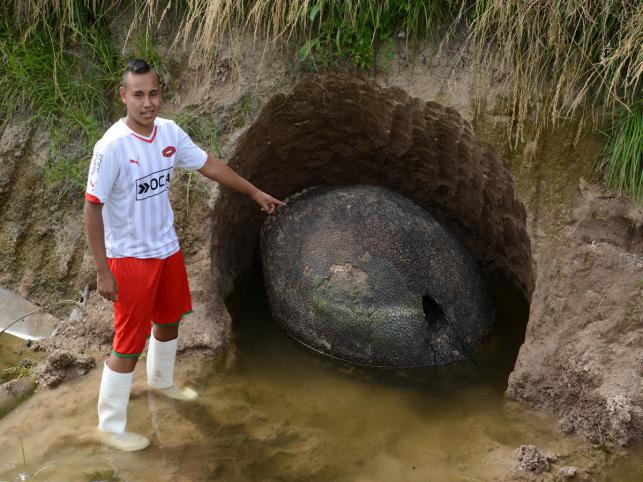
Indeed, it was no joke. The discovery of this ancient fossil provided paleontologists with one of the most well-preserved specimens of this lost species. It has also allowed them to further study the link between these giants, and their modern day ancestor, the armadillo.
Caught On Camera
In this video, you can witness the amazing discovery of this fossil, which turned out to be more than 10,000 years old!







